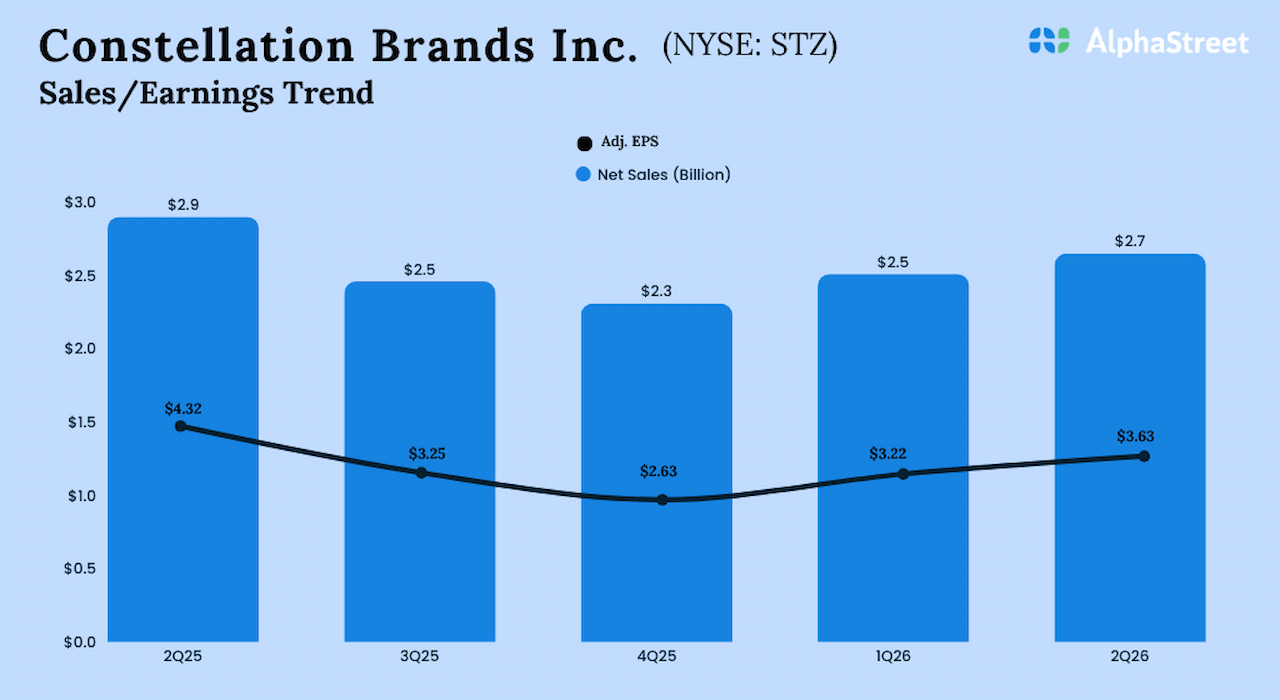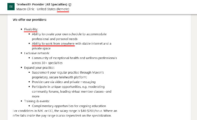Short-term traders can look to buy the stock now for a target of levels above 6700 in the next 3-4 weeks, suggest experts.
The stock rose more than 11% in a week and over 30% in the last 1 month to hit a record high of Rs 6379 on 7 November 2023.
The stock rose from Rs 4965 as of 6 October 2023 to Rs 6379 (intraday record high) as on 7 November 2023 translating into an upside rally of about 30%.
The current momentum helped the stock to give a breakout from a rounding bottom pattern on the weekly charts. The neckline of the same was placed above 5,600 levels.
In terms of price action, the stock is now trading well above most of the crucial short- and long-term moving averages such as 5,10,30,50,100 and 200-DMA on the daily charts.
The daily Relative Strength Index (RSI) is at 83.2. RSI above 80 is considered strongly overbought. This implies that the stock may show a pullback.The daily MACD is above its center and signal Line, this is a bullish indicator, Trendlyne data showed.
“ESAB’s stock is demonstrating remarkable strength, as it follows a well-defined ascending channel, which indicates a strong and sustained upward trend. Notably, it’s currently trading at an all-time high, underlining the stock’s robust momentum,” Omkar Patil, Technical Research Associate at GEPL Capital, said.
“Analyzing the stock’s pattern, we observe a breakout from a rounding pattern, signifying the initiation of an upward trend,” he said.
This bullish signal is further confirmed by the stock’s consistent position above the 12-week Exponential Moving Average (EMA), affirming its steady ascent.
“The Relative Strength Index (RSI) on the weekly chart consistently maintains a position above the 60 thresholds. This signifies the stock’s impressive positive momentum and reinforces its potential for further gains,” highlights Patil.
“Going ahead, we expect the prices to move higher to 6750 level where the stop loss must be 5750 strictly on the closing basis,” he recommended.
(Disclaimer: Recommendations, suggestions, views, and opinions given by experts are their own. These do not represent the views of the Economic Times)








































